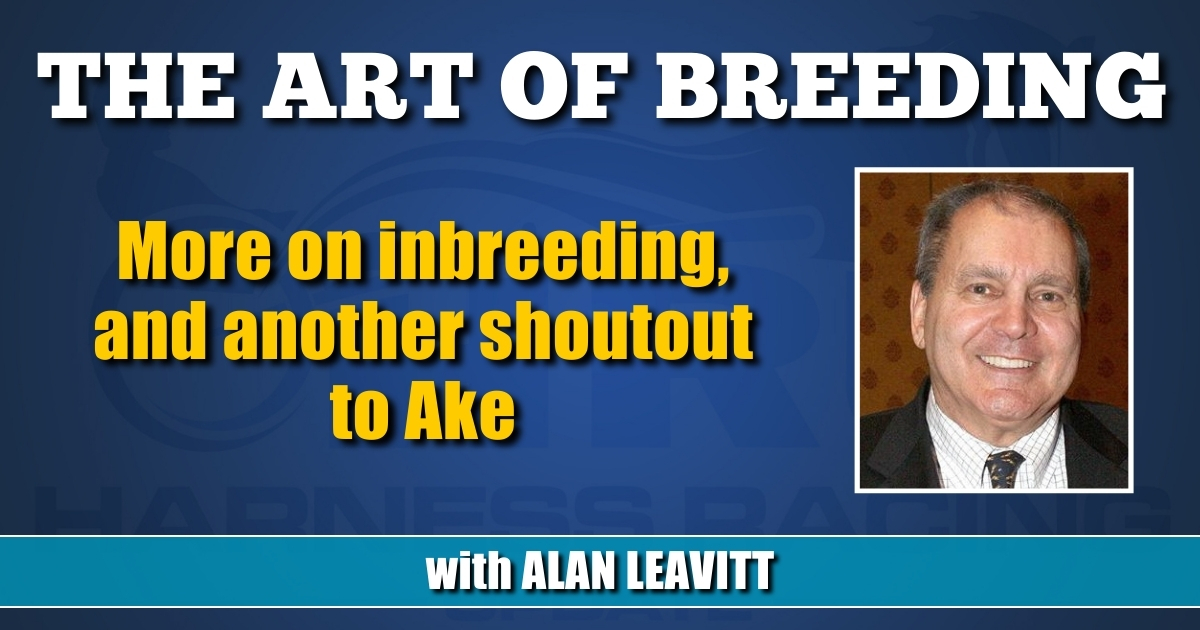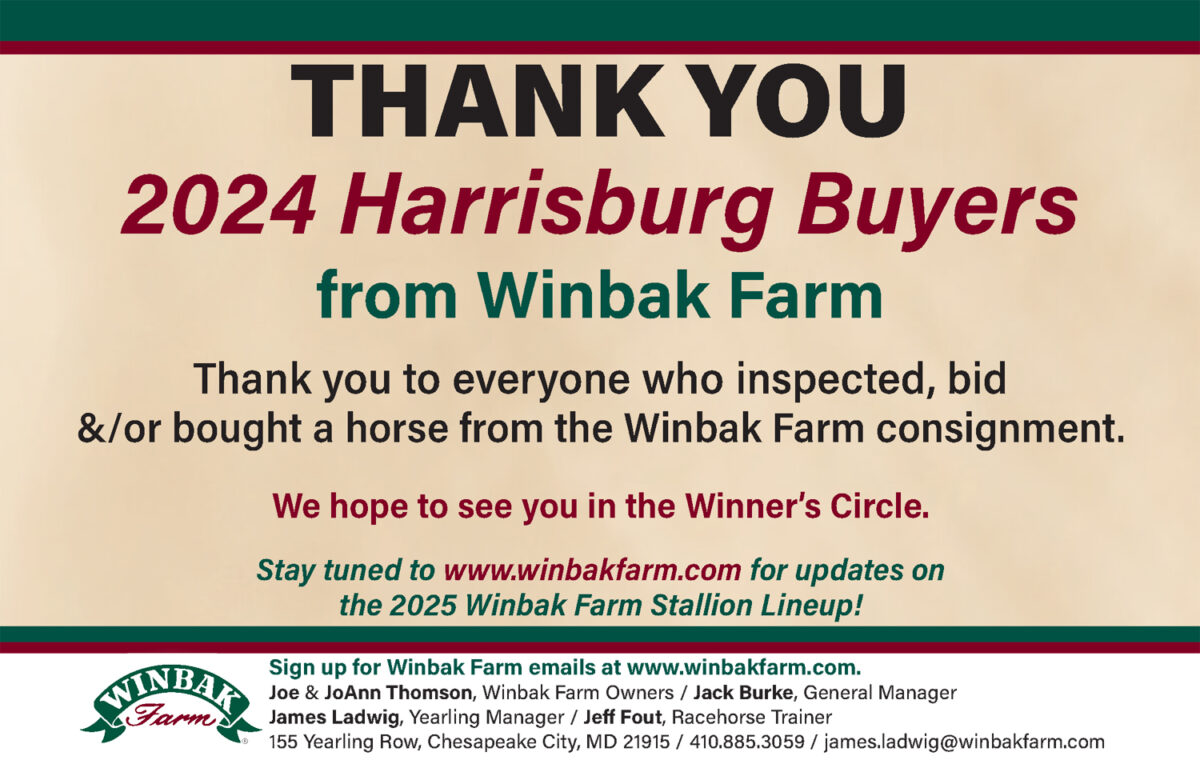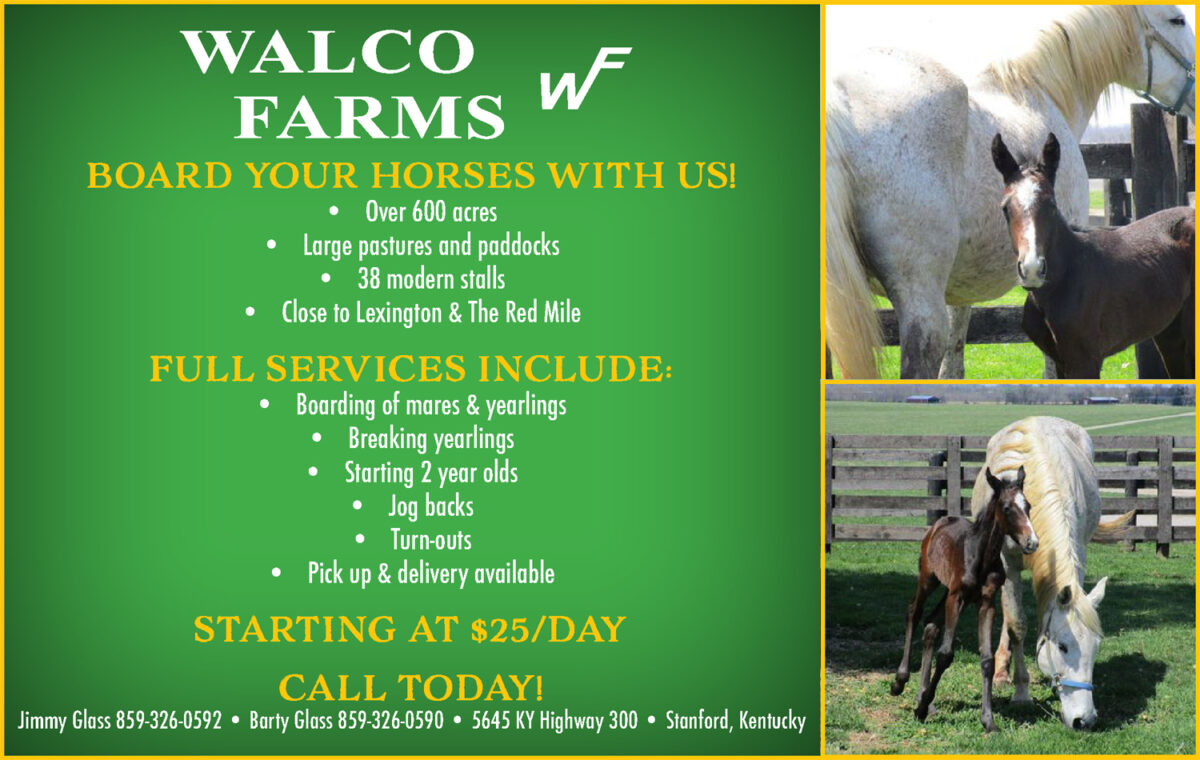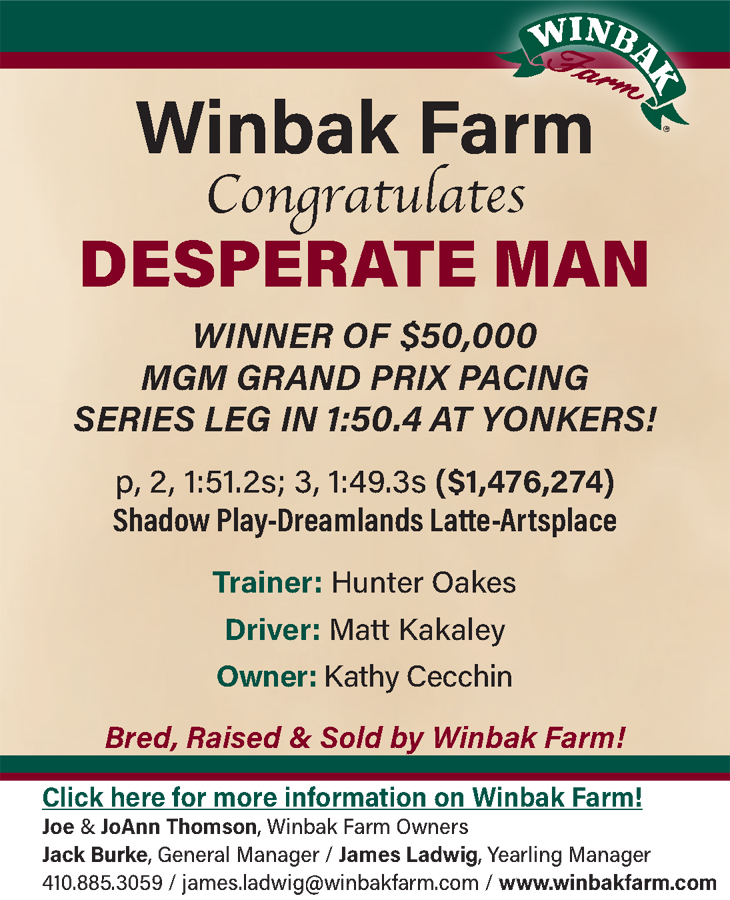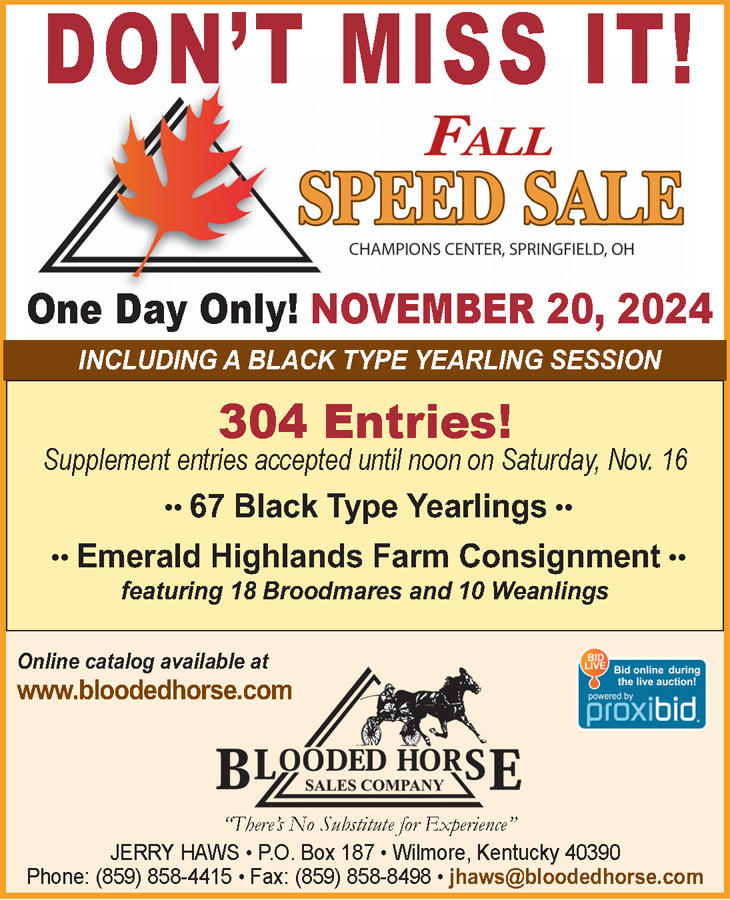More on inbreeding, and another shoutout to Ake
by Alan Leavitt
My thanks to Dino Romano for his kind words and the interesting question he raised in a recent email.
Mr. Romano asks why there is such reluctance on the part of standardbred breeders to line breed, let alone inbreed. My take is that the popular breeding patterns of the present day don’t lend themselves to close breeding, and there isn’t a conscious decision on anyone’s part to avoid breeding close.
At the moment, our breed is so diversified, pedigree-wise, that most of the mares being bred to the popular horses today have different pedigrees, at least in the first two generations, from the horses they’re mated with.
As a market breeder, this kid has always done his matings with the primary concern of providing a yearling with the highest possible market value. Assuming that concept applies to most, if not all, breeders today, in a few years our breeds, both pacers and trotters, will have narrowed so that closer breeding in inevitable.
That will happen when a new sire like Walner and his sire, Chapter Seven, both have sons and daughters in the stud on the trotting side, and Captaintreacherous and his sire, Somebeachsomewhere, do the same for pacers. Right now, the majority of the leading sires are relatively young horses. Things will change when their sons and daughters have sons and daughters in the breeding ranks. When those days come, closer breeding will, to overwork the word, be inevitable.
Here, a personal digression. If one wants to produce a “super horse”, the way to do it is by inbreeding. That means the sum of the two generations in which the same ancestor appears is six or less. In my head, I keep coming back to the immortal trotting filly, CR Kay Suzie, whose grandsire and granddam were full brother and sister. If you’re game enough to shoot for the moon, that’s the way to do it.
With the other major yearling sale still to come, plus soon after it’ll be time to book your mares, there’s something to be aware of with second crop sires.
Down through the years, there have been a number of instances where a new sire suddenly blossomed with his second crop of 2-year-olds. There is no logic for this, at least not that I can find, but it still is a fact.
By the same token, there have been more than a few horses who hit heights with their first crop that they never reached again.
Let me quickly say that I don’t expect Walner to suddenly fade from view, and the same for Downbytheseaside. They are solid, and they’ll keep siring good horses from their future crops.
But where this second crop success can apply is to a horse like Fear the Dragon. (Full disclosure: I am quite involved with Bruce Trogdon’s breeding operation, and particularly-so with Fear the Dragon, whom Bruce owns.) Here, I’ll put my money where my mouth is. Meaning, I’ll breed our one pacing mare to Fear the Dragon in 2022.
Something else worth noting about yearling sales, if you understand that there’s no correlation between a mare’s racing performance and her ability to produce top horses. Here, I know I’m crying in the wilderness, because the yearling buyers in Lexington paid premium prices for yearlings out of fancy race mares, and it will be the same at Harrisburg.
This, again, and again, and again, and again, goes directly to the total disparity between every horse’s phenotype, which is the visible horse, and the genotype, which is the horse’s genetic makeup. No matter how many great miles a mare went winning so many stakes and so much money, it has nothing to do with her reproductive ability.
So, if racetrack performance is not to be considered when looking for future broodmares, the question is where does one look? The answer here is easy: the yearling sales. There are scads of well-bred fillies being offered both at Lexington and Harrisburg, if you just look for them. I’m not talking about the first session movie stars, who sell through the roof, to combine metaphors.
I’m talking about the fillies much later in the sale, the ones by the less popular sires. There were a goodly number of them here in Lexington, and there are quite a few more at Harrisburg. The question then arises about whether to train them.
I say no. If they’ve got a strong pedigree, that will carry their first foals through the sales ring at good prices, and then they’ll establish themselves once their first two foals get to the races.
And from a practical, breeder’s standpoint, most 2-year-old fillies are mature enough to breed. That means, of course, avoiding small, immature individuals when you’re doing your buying, but that’s just good horsemanship. Unless that small, immature filly has a mouthwatering pedigree, and then she’s worth waiting for her 3-year-old year.
Finally, Futurity Day at the Red Mile last week was a showcase for Andy McCarthy, who seemed to have made a down payment on the winner’s circle, but also for Ake Svanstedt.
Svanstedt is in a class all by himself. There is no one else who can both drive and train at the highest possible level. He won two races last Sunday, with perfect drives both times. But beyond that, he is the smartest operator out there, which he proved once again by starting five horses in the Kentucky Futurity.
They finished third, fourth, and fifth, and with a total purse of $561,000, they each earned substantial pay checks. Ake plays the game better than anyone else I know, and he is well overdue to be elected to the Hall of Fame.
As for Ake’s wife, Sarah, if she offered to sell me a bridge, I’d ask how much was the down payment?







